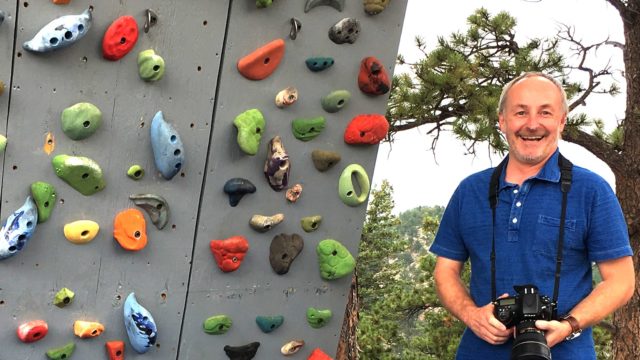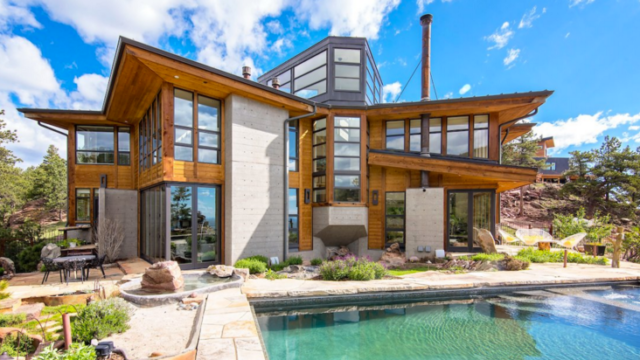Daniel Ormsby, 28, has lived in Boulder for over four years. He works as an animator at a small design shop with offices in downtown Boulder.
He and his wife Samantha, 28, married a little over a year ago. An image-digitization professional, she works in Boulder as well.
They love Boulder’s proximity to the mountains and the city’s undeniable vibrancy. They wanted to live here, but just closed on a home in Longmont a few blocks from downtown on Thursday.
With a budget of $270,000, they started looking for a home about a year and a half ago. They looked into Boulder affordable housing, but their annual household income was above the city’s limit. They quickly began looking east.
The Ormsbys’ story represents a common Boulder occurrence, which wrings the hearts of many Boulder citizens concerned about what this income-determined exodus means for Boulder’s community now and in the future.
It’s the topic dominating city policy — the one that leads city council agendas — and the most prevalent issue in this year’s city council election. It also represents a locus at which many other core city issues converge: social equity, open space, growth and inclusivity, and one of two issues residents will vote on in this fall’s city vote.
Middle-income down payment assistance
At the polls, and through mail-in ballots, voters will decide whether to greenlight the city’s ability to borrow $10 million (without raising taxes) for a down payment assistance pilot program that would help middle-income Boulder residents or those that work in town to receive down payment help.
It’s available to those who make up to 120 percent of annual area median income (AMI), which Boulder defines as $122,760 for a household of three and $95,520 for a single person. The program also has household asset maxes. Participants repay the loan, with interest, after 10 years or upon resale.
The city would contribute above 20 percent of the purchase price as down payment assistance in some cases. Annual price appreciation of homes in the program would be capped at 2 percent.
The city also has existing homeownership programs, targeting residents at lower income brackets.
Boulder permanently affordable homes
The homes in the pilot program would join the city’s stable of permanently affordable homes, meaning the city has deed-restricted them and handles a sale when a family is ready to move on. The city caps annual appreciation based on the consumer price index (which means the annual appreciation cap hovers around 2 percent), according to city of Boulder city planner Jay Sugnet.
Currently, the city has approximately 3,600 permanently affordable units, of which nearly 800 are available for purchase as single-family homes or condos, with the rest as rentals, according to Jay.
The city has a total of 45,778 housing units (according to U.S. Census data), of which just over 7.5 percent are permanently affordable through the city’s program (that means under 2 percent of Boulder homes are available for ownership in the city’s program). This year, the city upped its housing affordability target from 10 percent to 15 percent, so we’ll see affordable housing programs expand in coming years.
The reality
But homeownership is a thornier challenge, as market rates of Boulder homes hover in the stratosphere.
For the 12 months through September 2019, the median sale price of all Boulder homes stood at $761,000, according to Zillow data. For single-family homes, the median sale price was $915,000 in that period.
This suggests that any affordable housing program may help renters, but ownership help will likely remain extremely marginal. While the city can nibble at the margins with affordable housing, Boulder, already elite, appears poised to become even more exclusive.
What does that mean for the future of Boulder’s community and how does it clarify the conversation around affordable housing?
Feature image: Daniel Ormsby. Credit: Paul Hagey.




